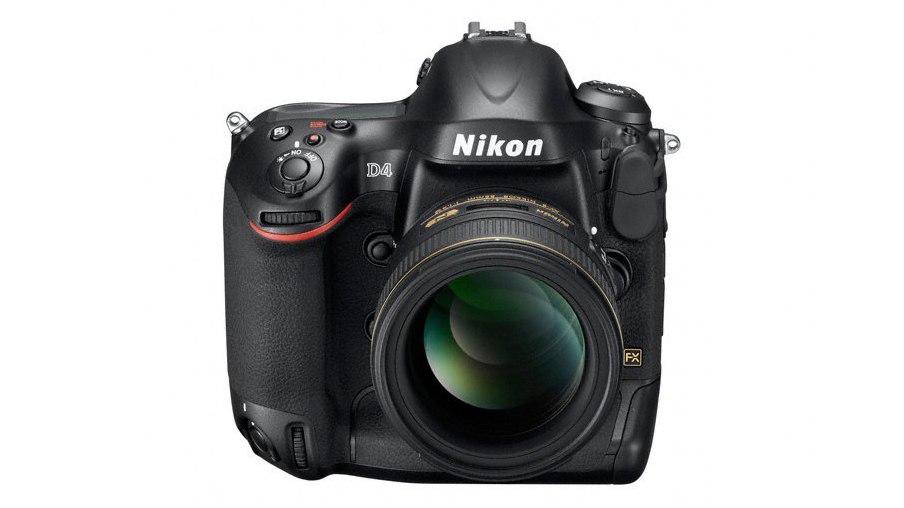Why you can trust TechRadar
The first six images here were shot at 10fps using the Nikon D4's continuous focus set to the 9-point dynamic option. The AF system managed to stay with the cyclist's face when the active AF point group was in the right position. However, when 3D-Dynamic mode was used, the camera could not distinguish between the skin tone and the background.
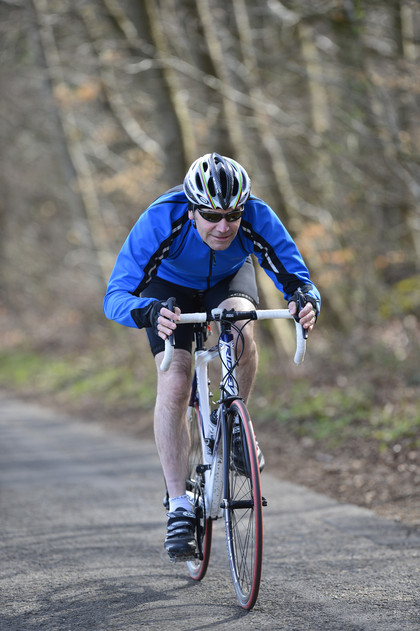
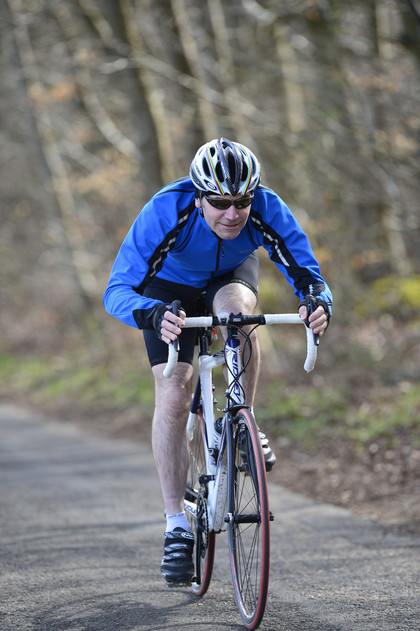
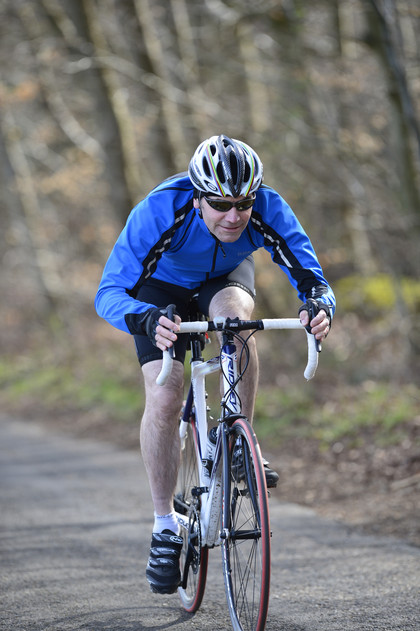
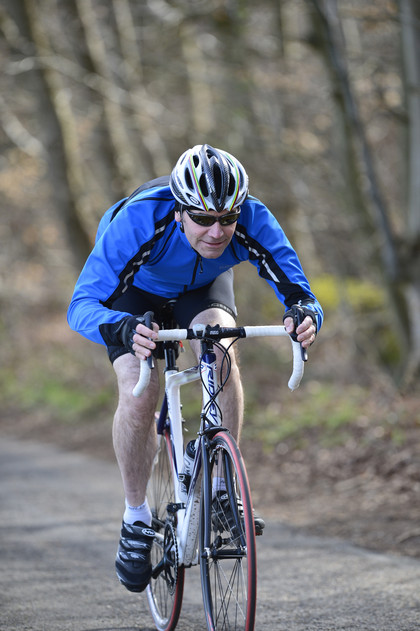
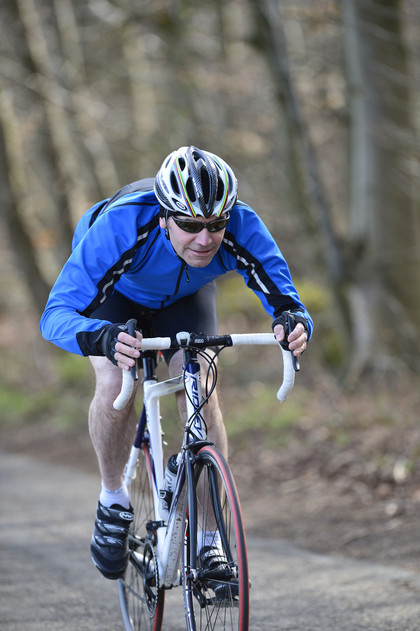
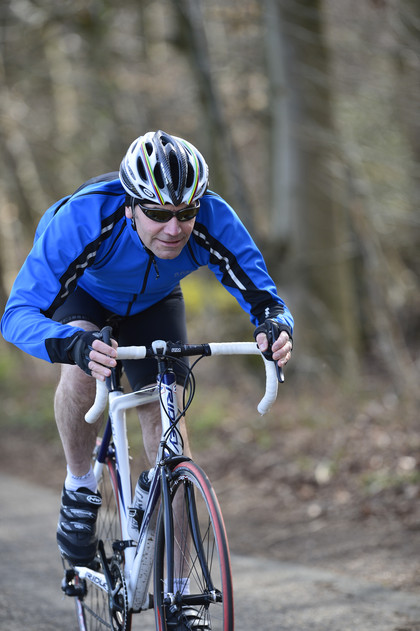
Sign up for breaking news, reviews, opinion, top tech deals, and more.
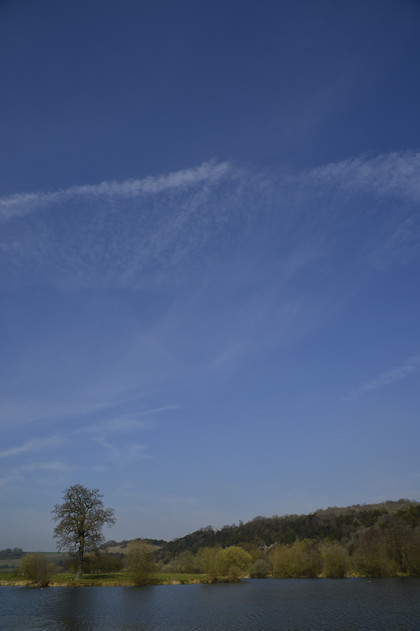
Including so much sky in the frame has fooled the matrix metering into underexposing this scene, but there's plenty of information to work with.
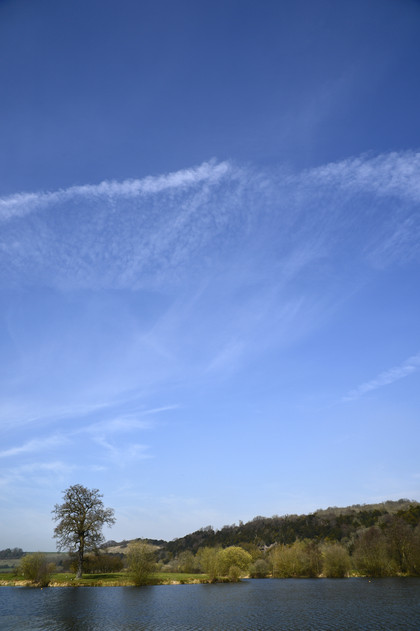
This is the same image after brightening using Photoshop's Levels and Curves control.
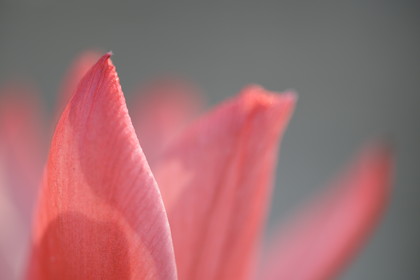
The full frame sensor enables depth of field to be very restricted.

Using the in-camera sepia toning.
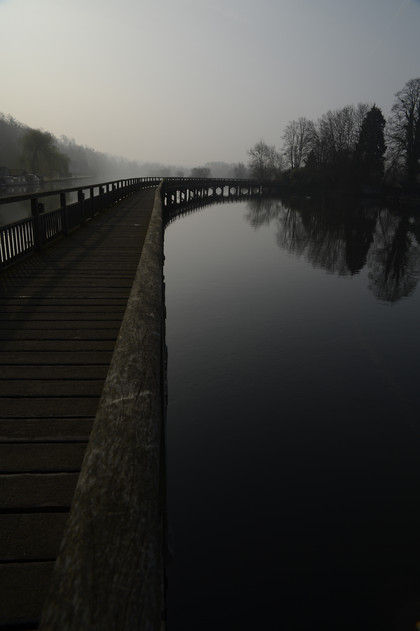
This image was deliberately underexposed, but look below to see how much detail can be revealed in the shadows.
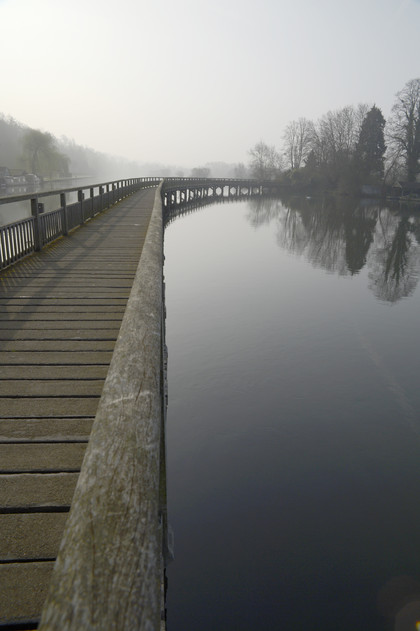
The shadows have been brightened using Photoshop's Levels control. They could be brightened further if necessary, so there's plenty of scope for creating single shot HDR images.

The D4 has coped extremely well with fine textures, capturing an impressive amount of detail.


This portrait was shot at ISO 2000, but still retains a fantastic amount of detail. Shot on Auto White Balance 2, the image has slightly warm tones.
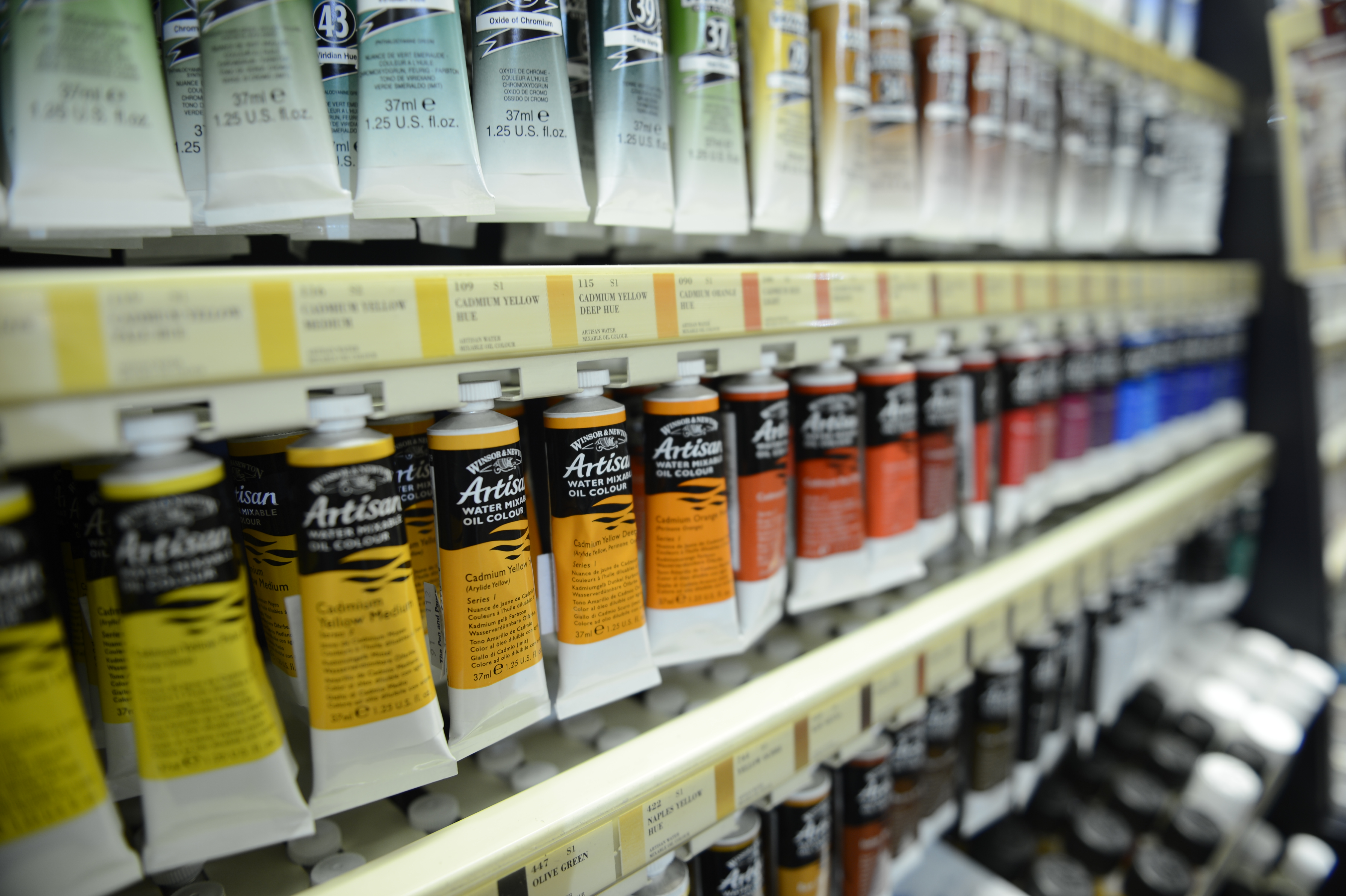
This image was shot on the Tungsten (Incandescent) setting in an effort to try and compensate for shooting under artificial light, however it is has struggled to produce accurate whites.
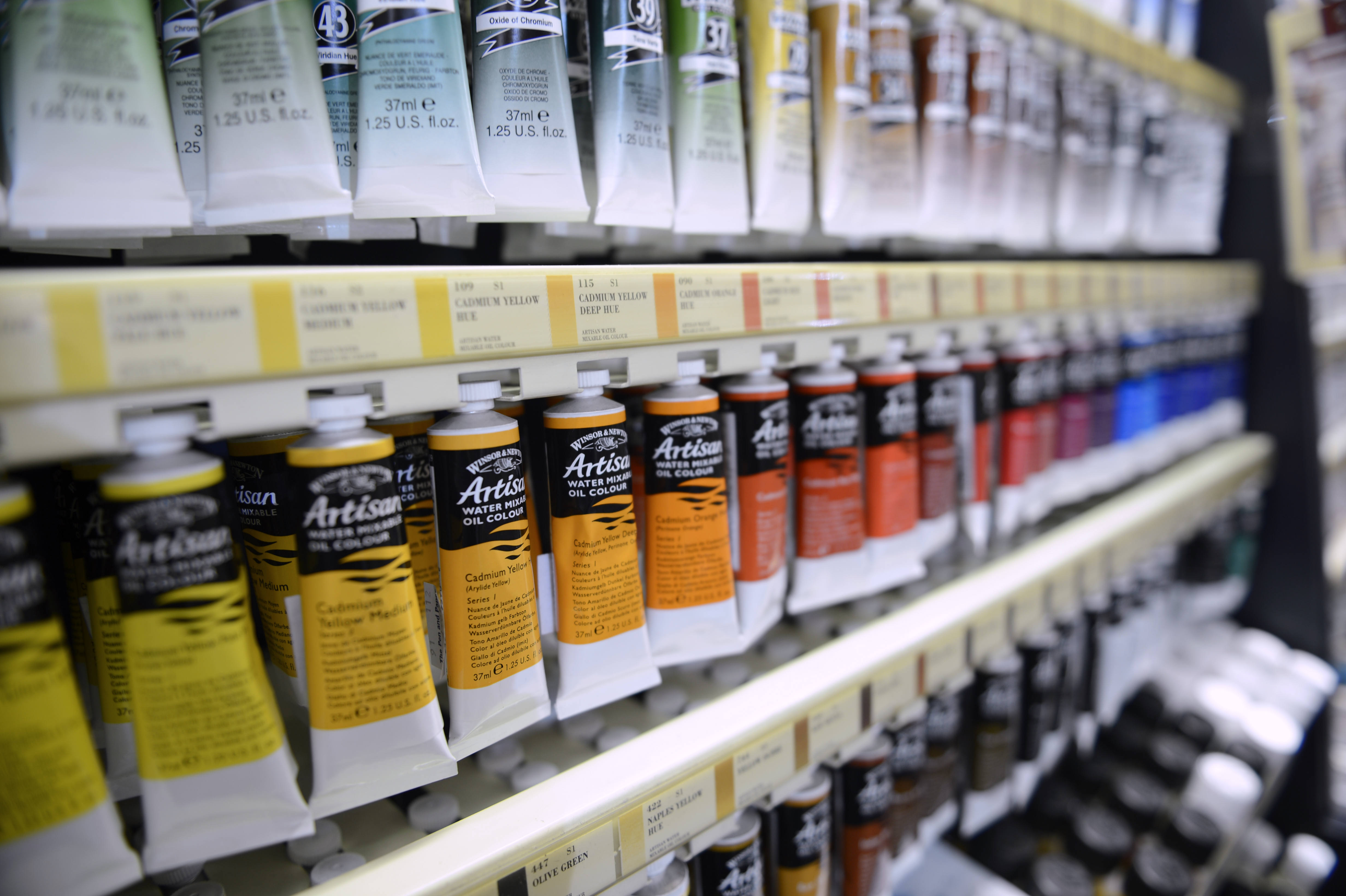
This is the same image as the one above, but it has been corrected in Photoshop Elements using the Remove Colour Cast tool - as you can see the colours are represented more accurately and the whites appear whiter.

Again shot at ISO 2000, take a look at the high res version of the image to see the fine detail captured in the table cloth.
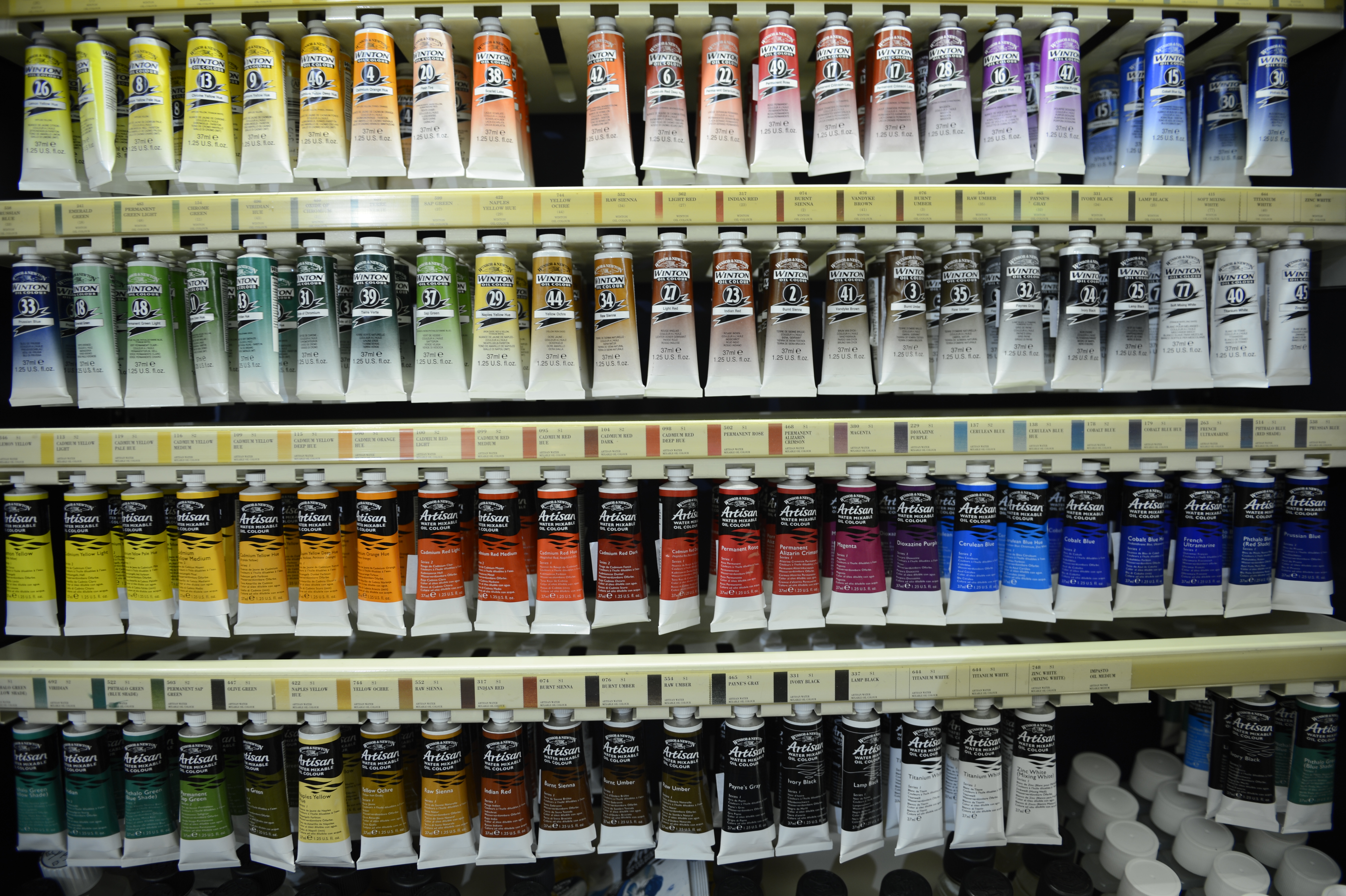
This image was also shot on the Tungsten setting, with the colours appearing a little off.
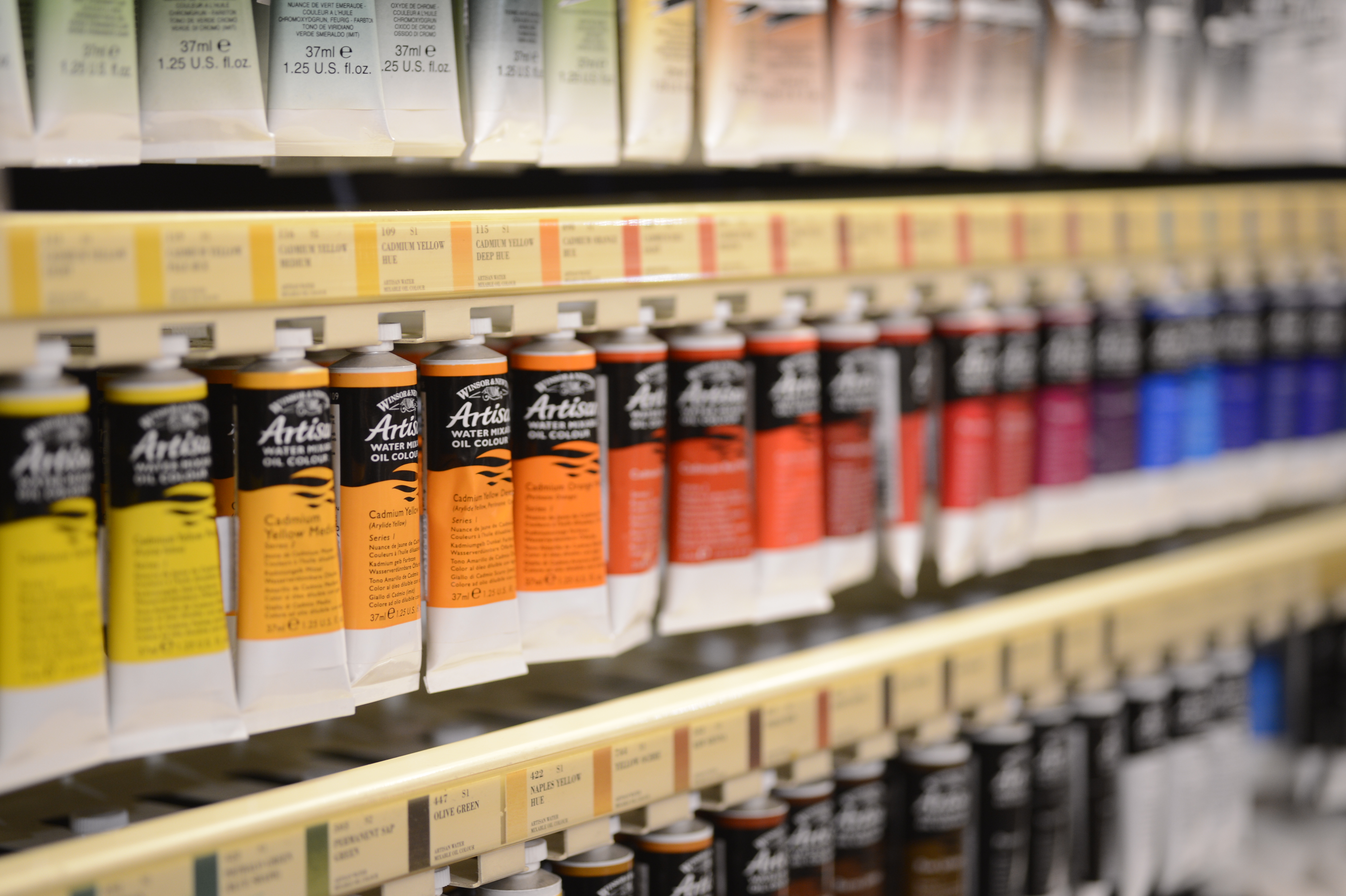
Shot using the Auto White Balance (1) setting, colours have been rendered far more accurately, although with a tendency towards the warm.
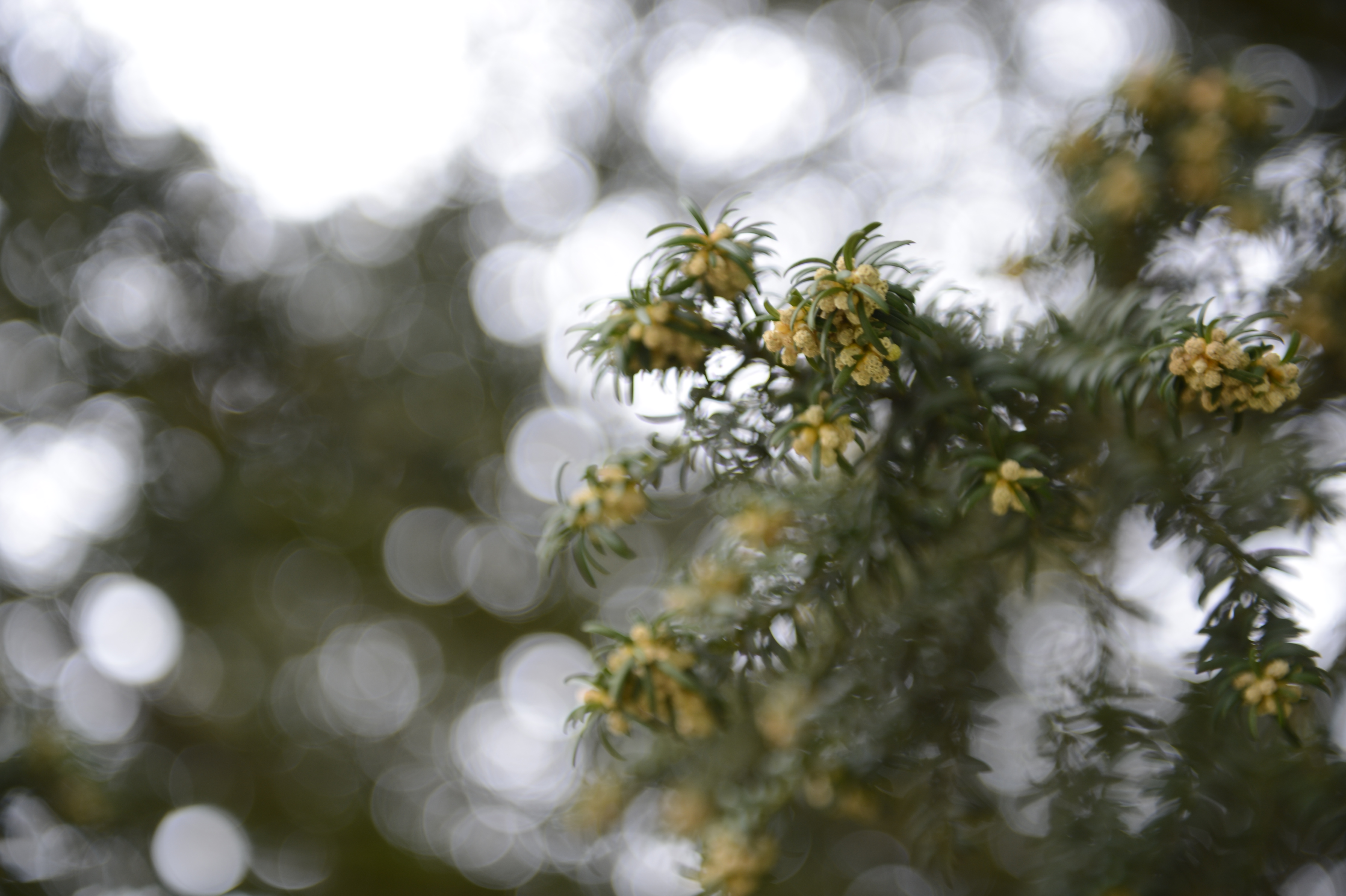
This shot shows the very restricted depth of field effects that are possible when using a full-frame camera, such as the Nikon D4.

Colours straight from the camera are represented well, being bright and punchy without being overly saturated.

Focus points on the D4 can be altered using the mini joystick on the back of the camera, which is easy to reach when holding the camera up to the eye.
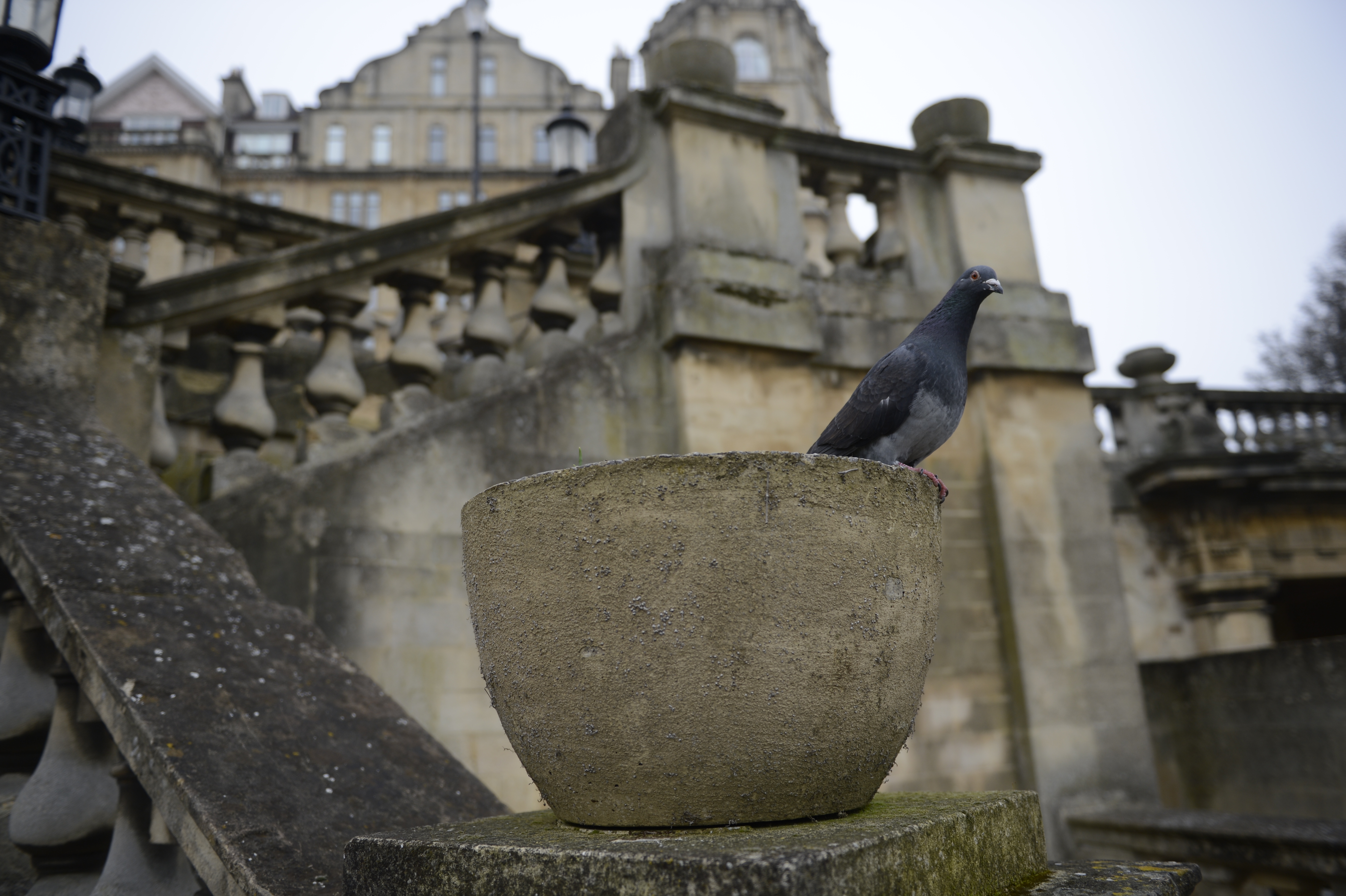
The Nikon D4 has 51 autofocus points, with the system being enhanced especially for the new release.
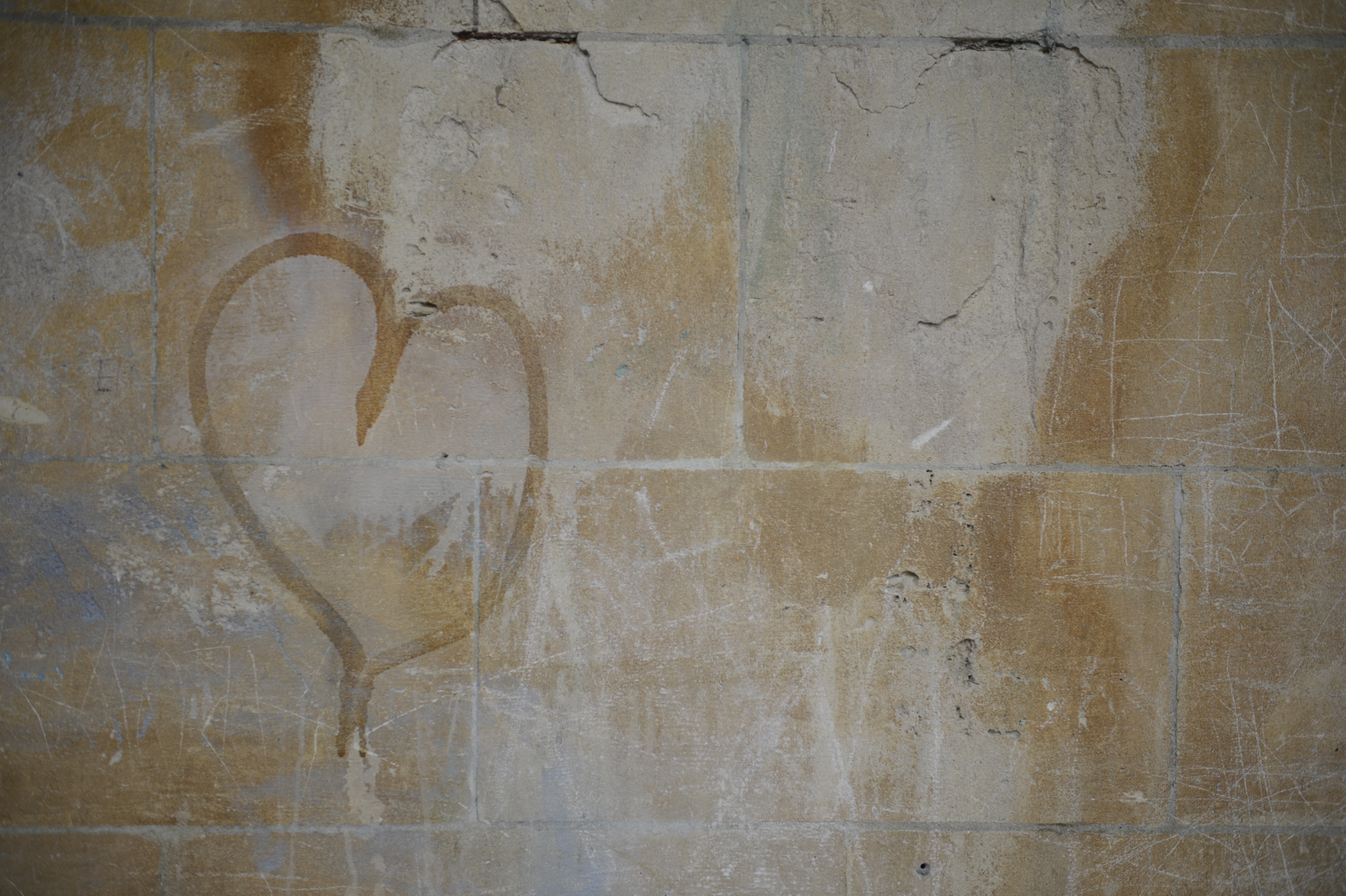
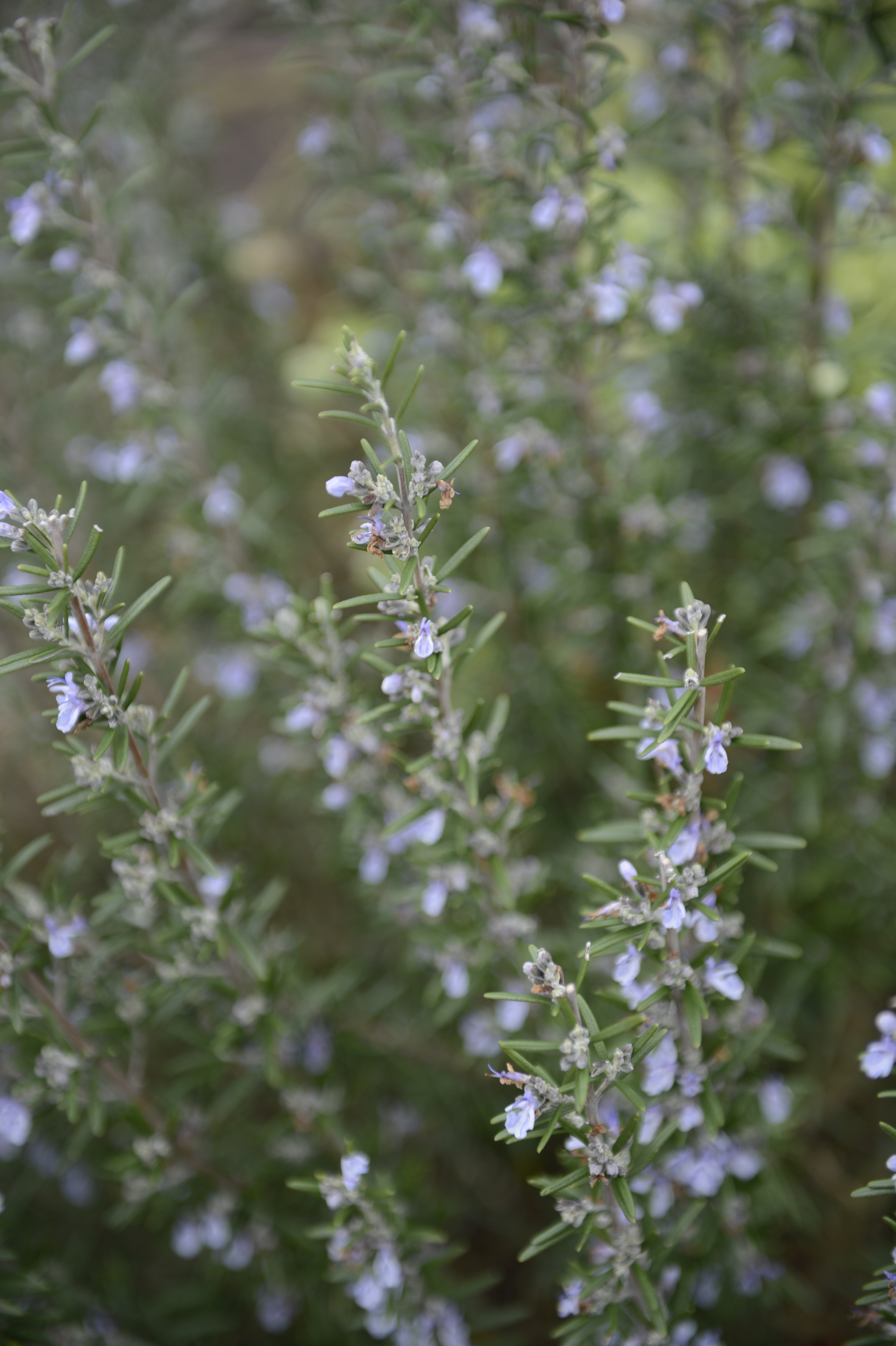
This image was shot at 58mm, with an f/2.8 aperture at ISO 200. Take a look at the high res version of the image to see how well the camera has rendered the out of focus areas.
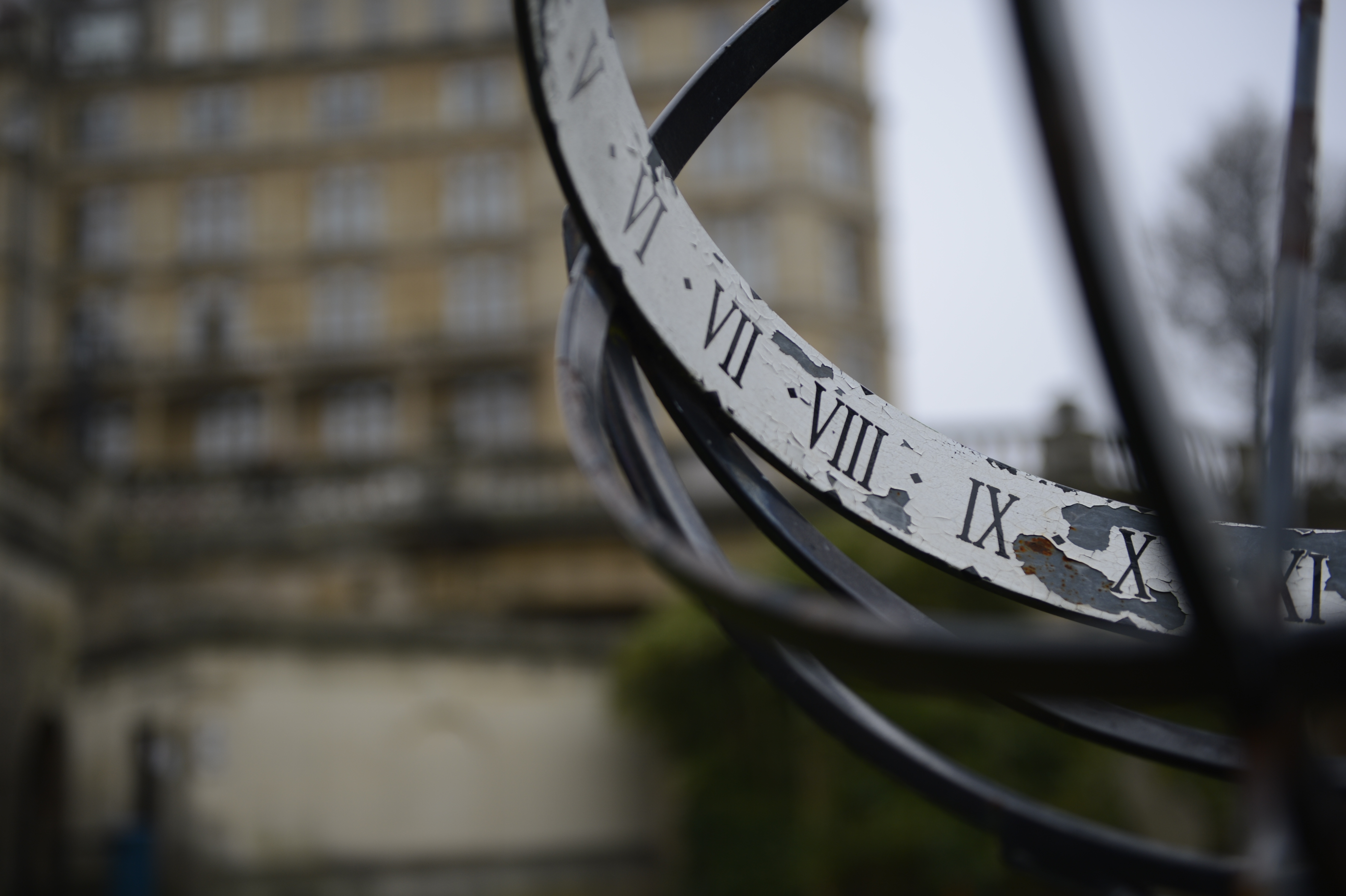
Nikon claims that the D4 boasts faster focus acquisition than the D3S, during our testing we have found that it locks on to a subject quickly and easily.
